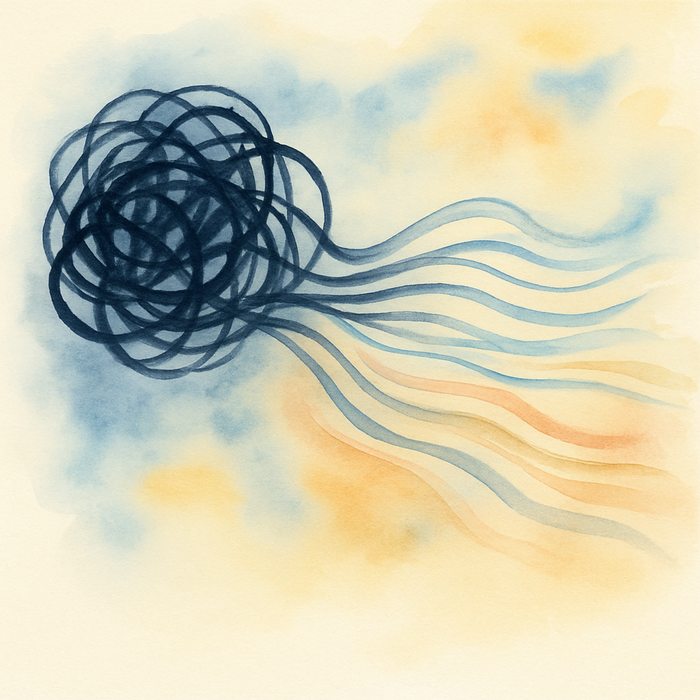Owen O’Kane’s Addicted to Anxiety: How to Break the Habit (2025) proposes that anxiety functions like an addiction. Behaviours and thought patterns that initially feel protective become cyclical habits that reinforce fear and avoidance. His framework is structured into three main stages: recognising anxiety’s hold, tackling the habitual patterns, and building resilience to prevent relapse (O’Kane, 2025).
Strengths
-
Fresh metaphor – Casting anxiety as an addiction highlights the compulsive, repetitive nature of anxious thinking and behaviour.
-
Accessible and practical – Tools are presented in clear, digestible language with practical exercises.
-
Warm and empathetic tone – O’Kane draws on his personal and clinical experiences, making the book relatable.
-
Holistic scope – Covers thinking patterns, behaviours, lifestyle stabilisers, and relapse prevention.
-
Agency-focused – Emphasises the reader’s capacity to actively disrupt anxious cycles.
Weaknesses
-
Repetition – Some readers may find the book reiterates ideas across chapters.
-
Less novel for seasoned readers – Many techniques will feel familiar to those who have already engaged in therapy or self-help work.
-
Practical limitations – Lifestyle advice, such as leaving stressful jobs or reshaping environments, may not be feasible for all.
-
Metaphor risks – The addiction framing may oversimplify anxiety’s complexity, particularly where trauma or comorbid conditions are present.
-
Tone issues – At times prescriptive, potentially alienating readers whose experience doesn’t align with suggested responses.
Who It Helps Most
-
Newcomers to self-help or therapy work around anxiety.
-
Readers seeking concrete tools with a compassionate voice.
-
Those who prefer combined approaches targeting mind, body, and lifestyle.
Verdict
Addicted to Anxiety succeeds as an encouraging, accessible guide that reframes anxiety in a way many will find liberating. It offers relatable stories, practical techniques, and hope. Its limitations—repetition, accessibility issues, and an occasionally narrow metaphor—mean it is not universally applicable, but it is a valuable resource, especially for those beginning to work on their anxiety.
As is often the case, I listened to the book. I found his presentation style to be personable and engaging. He was willing to offer examples from his own life and this helped me stay with him for the whole journey. While ‘old dogs’ may feel that they cannot learn any new tricks, I find that listening to a different perspective or lens can offer new ways of tackling an old problem.
